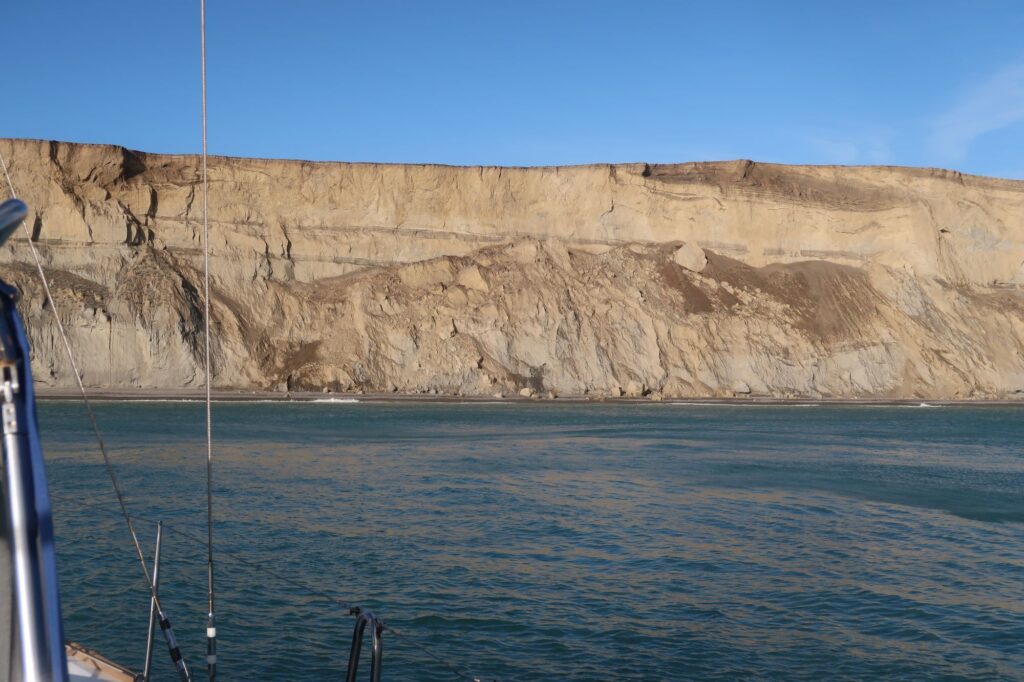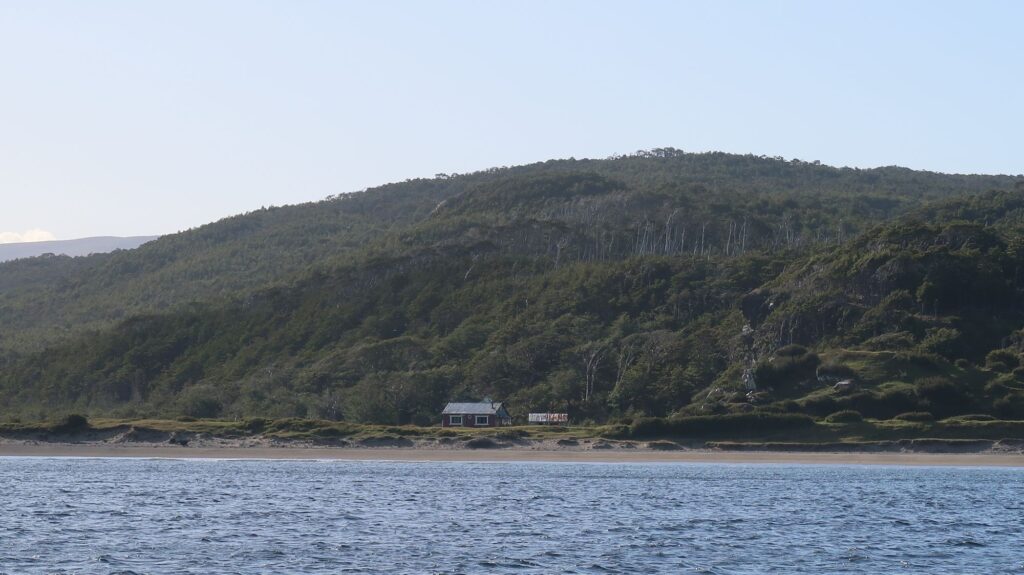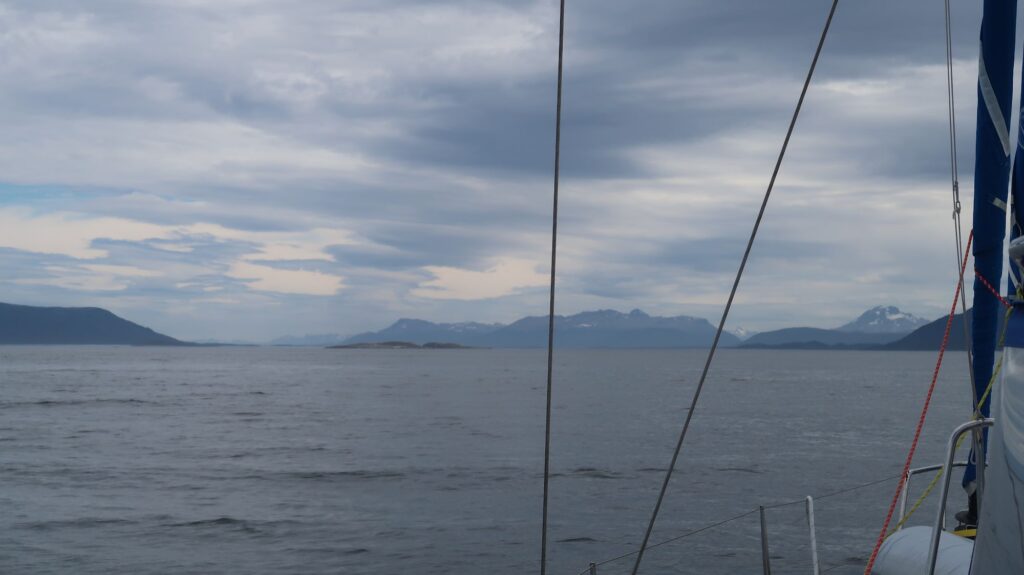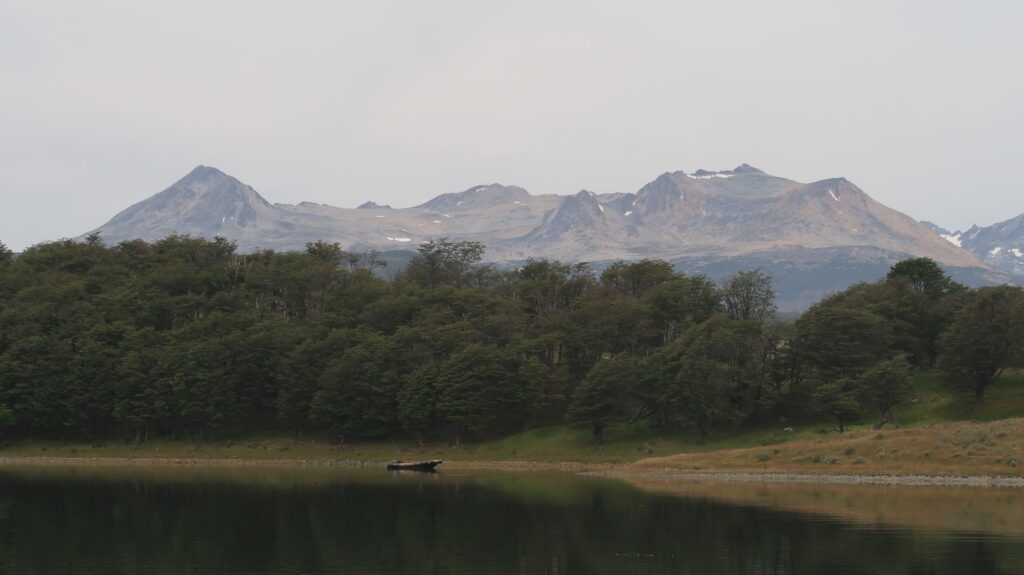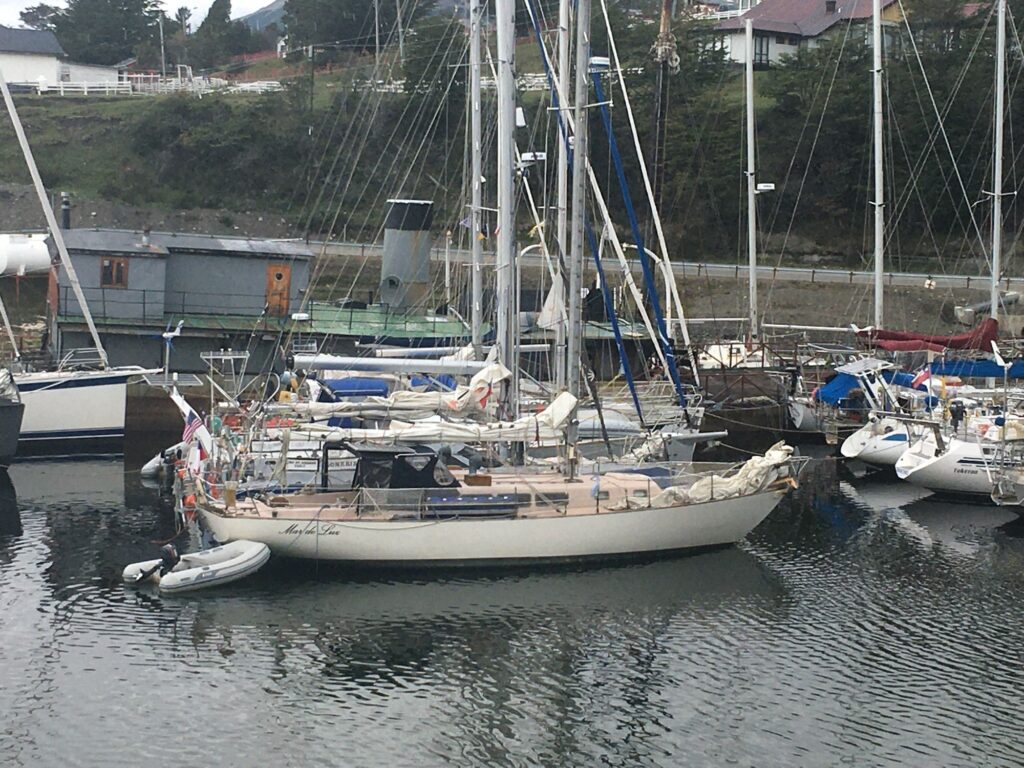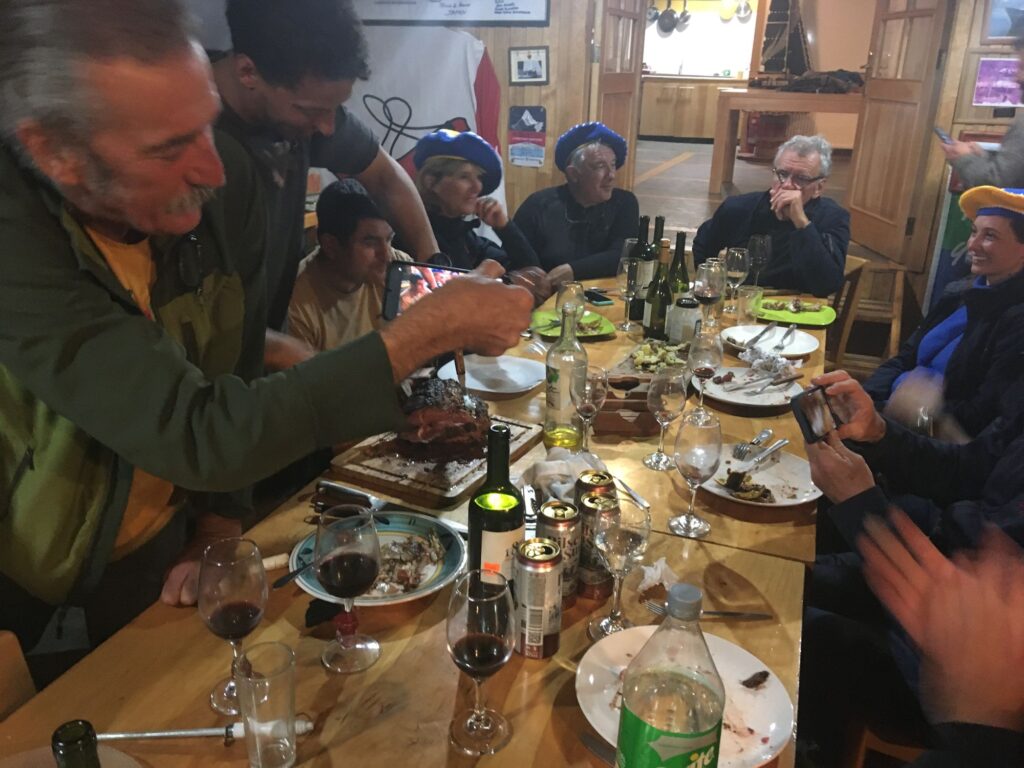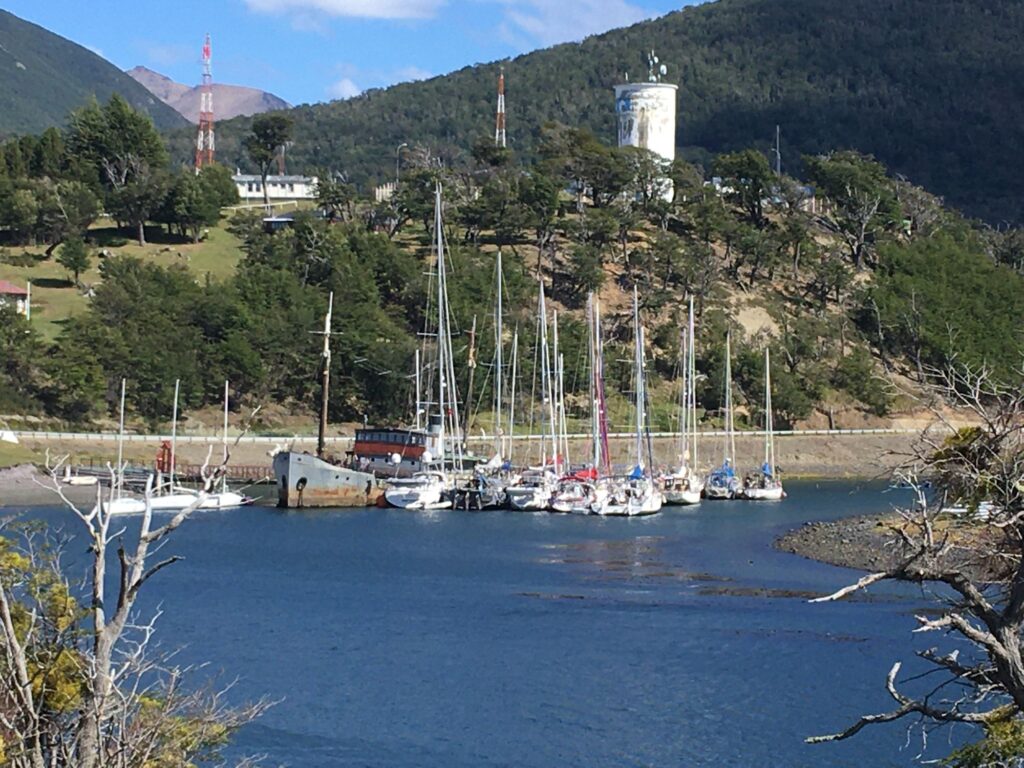230123.2100z
I’ve made it across the notorious Drake Passage from Tierra del Fuego to Antarctica in a little over 4 days. I’m now anchored in place called Stancomb Cove in the northwest corner of the water-filled caldera that is Deception Island. It feels great to have gotten here, definitely the “Mt. Everest” of my project to sail solo to all 7 continents. Of course, I still have to “climb back down” by crossing the Drake Passage northward back to Puerto Williams and civilization. The northbound voyage is actuallly harder than southbound for a bunch of weather/sailing reasons.
The crossing was a mixed bag with a slow start in light and variable winds using the engine to assist at times so I could make tangible progress. That was followed by 20-25 knot winds in a perfect direction to get the boat up to 6-7 knots. I’m usually satisfied if I can averaged 5 knots. The last 24+ hours were a stay-awake marathon on ice watch using the radar and my eyes as I got closer to Antarctica (I couldn’t stay awake – ha!) I was determined to arrive at Deception Island and anchor during daylight hours meaning I had to keep my speed up. As the wind faded and crazy undocumented currents both assisted and retarded my progress, I made heavy use of the engine to maintain the pace.
Every sailor thinks about the glorious first landfall at a new island or continent, the first glimpses of the highest peaks, the mountain slopes, the coastlines and the towns. I’ve experienced that a few times on this 6 month voyage. BTW, landfall to a sailor is when land is first sighted, not when first going ashore. When you think about sailors centuries ago navigating with the crudest instruments, sighting land was the big deal, not wading up onto the beach.
Alas, I was denied my big landfall moment arriving in Antarctica. The relatively warm north winds pushing over the cold water created fog. Even 100 miles out visibilty was less than 2 nm. I had huge cruise ships pass me within a few miles and never saw them. I sailed passed Smith Island and Snow Island, easily close enough to see them but saw nothing, just fog. Getting close to Deception Island the visibilty collapsed to less than 1/2 nm. Another cruise ship passed me that far away going the opposite direction but I couldn’t see even an outline in the mist. Really spooky.
The entrance to the Deception Island caldera is a very narrow passage known as Neptune’s Bellows. Are my e-charts accurate enough, will I be able to find this thing in the fog? Well, I found it, and as I approached a cruise ship called the Fram was also just starting through so I had only to follow them (coordinated on the radio). Right at Neptunes Bellows, and inside the caldera, visibility improved considerably so I was finally motivated to grap my camera and take photos. It is a spectacular place.
I have a cake mix on board I thought I would use to celebrate this arrival but now I think it’s premature. I wouldn’t want to tempt Neptune’s ill will with such a presumptive gesture. I’ll wait until I return to Puerto Williams, when I have again escaped, have transcended, the icy grip of these winds, these waters, and my own mistakes and failings.
